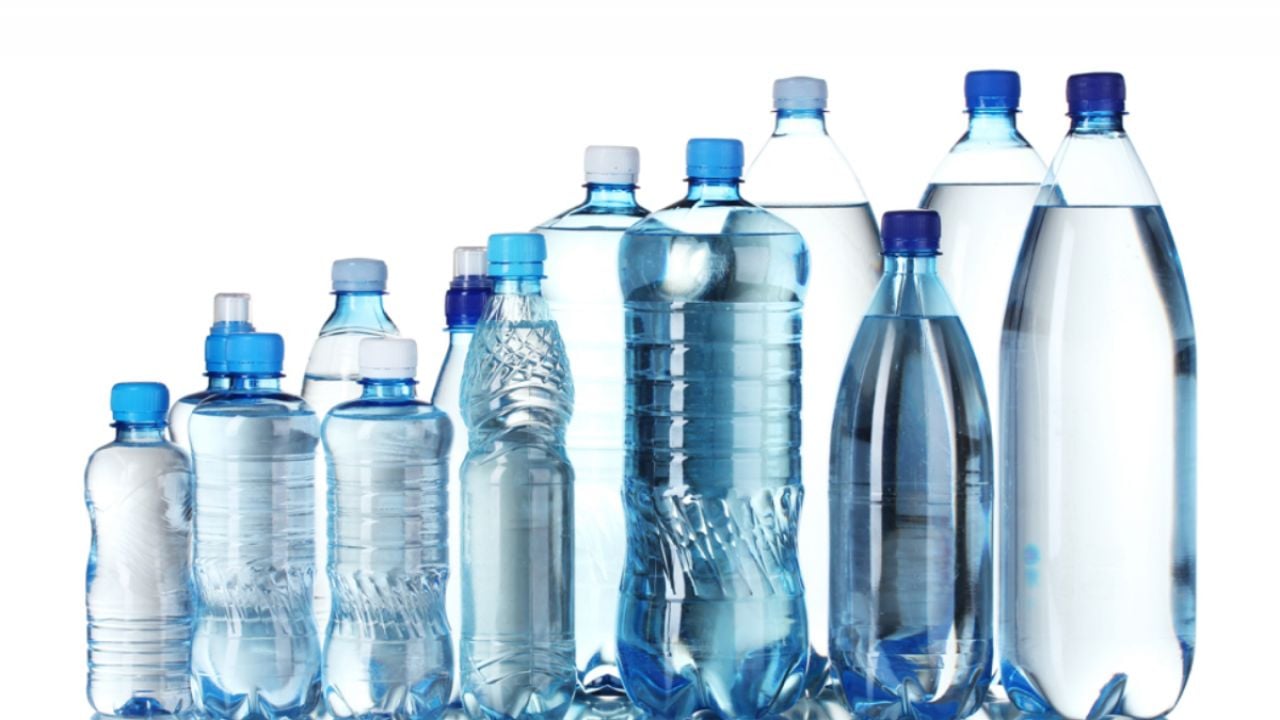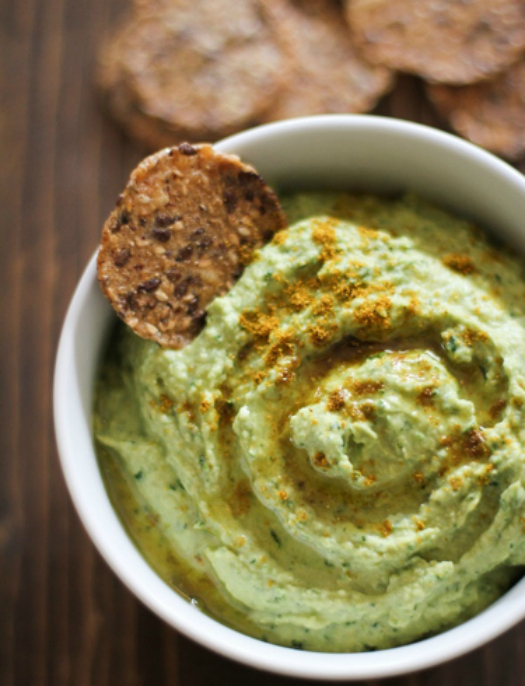
ENDOCRINE DISRUPTORS
Reduce your overall exposure for optimal hormonal health
When you’re trying to achieve a healthier lifestyle, diet and exercise tend to get most of the attention. But there’s another critical step to living healthier: reducing your intake of toxic chemicals. In particular, chemicals known as endocrine disruptors can confuse your body by crossing wires in your hormonal system, which may in turn cause an increase or decrease in the production of various hormones. Endocrine disrupting chemicals, or EDCs, can imitate hormones and interfere with their signaling, contributing to an increasing number of health issues such as cancer, fertility problems, slow cognitive development, changes in metabolism, and immune disorders.
Knowing these risks should encourage you to avoid EDCs, but this isn’t always an easy task. This group of chemicals includes bisphenol A or BPA, organophosphate pesticides, mercury and lead. BPA is a suspected obesogen, a subset of EDCs that can alter metabolism, leading to weight gain, insulin resistance and obesity. EDCs may sound scary, but what’s scarier is that these toxic chemicals can be found in a surprising number of products you use every day, including face wash, plastic water bottles, perfume, laundry detergent, cleaning products, makeup, dairy, sunscreen and plastic toys. It may be impossible to live an entirely EDC-free life, but here are some tips to reduce your toxic load.
1. Reduce plastic
Plastics, particularly the ones with the #7 recycling code, can contain endocrine-disrupting chemicals like BPA. This chemical is a serious concern; make sure plastic containers and canned goods are BPA-free. Stick with glass or stainless steel for cooking, baking and food storage, and switch to a safe, reusable water bottle. Buy products that come in glass bottles rather than plastic or canned, since chemicals can leach out of food containers and into the contents.
2. Eat organic – especially for meat, fish and dairy
Buy and eat organic produce and free-range, organic meats to reduce your exposure to added hormones, pesticides and fertilizers. Rather than eating conventional or farm-raised fish, which can be heavily contaminated with PCBs and mercury, choose fish that is wild-caught. With dairy, it’s wise to avoid non-organic products, as they can contain recombinant bovine growth hormone (rBGH or rBST).
3. Upgrade your personal care products
Avoid antibacterial soaps, and any products that contain phthalates or parabens. Also beware of sweet-smelling shampoos and body washes; they may be full of “fragrance,” a complex mixture of chemicals that can come complete with a dose of EDCs! If you want fragrant products but want to avoid phthalates and other risky chemicals, opt for ones that disclose all of their ingredients, including their fragrance mixture, so that you know exactly what’s in the bottle.
4. Keep it clean
Buy a high-quality, high-power vacuum – preferably one with a HEPA filter that also seals in dirt and dust to help minimize your exposure when emptying the collection chamber. Turns out household dust and dirt is thought to be a big source of daily EDC exposure.
5. Go green in your living room
Did you know that the foam cushioning in your couches, easy chairs and love seats are often treated with endocrine-disrupting flame retardant chemicals? When shopping for new cushioned furniture, read labels carefully and avoid products that disclose flame retardant use. If you are still unsure, call the manufacturer.
On Sept. 15, I will be hosting an event at my home with Ken Cook, co-founder and president of the Environmental Working Group. To learn more about the nonprofit’s work, please visit ewg.org.
To your good health,

RECIPE
Roasted Garlic Kale Hummus

Kale is full of hormone-balancing nutrients, such as B vitamins, vitamins C and K, and magnesium. Garlic has immune-boosting properties, so load up on it before cold season hits!
Prep time: 10 minutes / Cooking time: 20 minutes / Total time: 30 minutes
- 7 cloves garlic
- 1 (15 ounce) can BPA-free chickpeas, drained and rinsed
- 1 cup tightly packed organic dinosaur kale leaves, finely chopped
- 1/4 cup fresh lemon juice
- 3 tbsp water
- 1/4 cup tahini
- 1/2 tsp kosher salt, or to taste
- Extra virgin olive oil for serving
- Preheat the oven to 400 degrees.
- Wrap the cloves of garlic in foil and place in the oven until soft, 20 minutes. Remove from the oven and allow to cool. Peel off the papery skin and add the cloves to a blender or food processor along with the remaining ingredients. Blend until smooth. (Note: You can leave small bits of kale leaves in the hummus, if desired, or blend until completely smooth.)
- Transfer to a serving bowl and drizzle with olive oil, if desired. Serve with veggies, or rice crackers, or smear it on your favorite sandwich or wrap.
To your good health,
Karen Malkin

Karen Malkin is board-certified by the American Association of Drugless Practitioners as a Holistic Health and Nutrition Counselor, a Certified Eating Psychology Teacher through the Institute for the Psychology of Eating and a certified Integrative Health and Lifestyle practitioner form the Arizona Center for Integrative Medicine. Learn more about Karen at karenmalkin.com.



